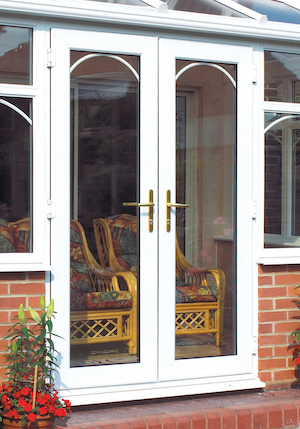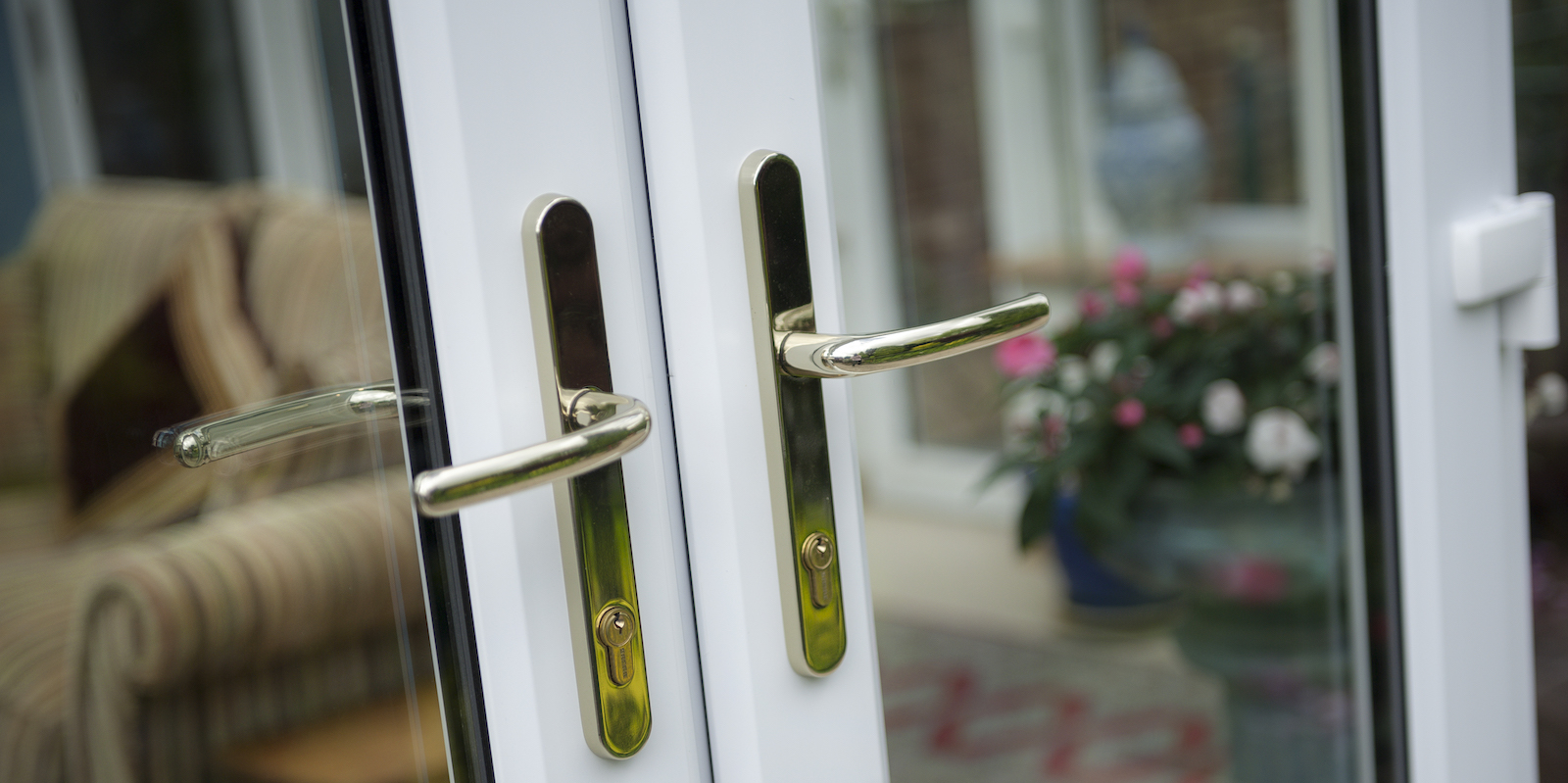자유게시판
| 제목 | See What French Door Locking Mechanism Replacement Tricks The Celebs A… |
|---|---|
| 작성자 | Antony |
| 조회수 | 67회 |
| 작성일 | 24-12-10 11:22 |
| 링크 |
본문
 Fixing French Door Locking Mechanism Replacement
Fixing French Door Locking Mechanism Replacement When you lock your french doors, it is important to ensure that they're secure. You can accomplish this by selecting a lock system that will secure your door without obstructing airflow or affecting the aesthetic look of your space.
When you lock your french doors, it is important to ensure that they're secure. You can accomplish this by selecting a lock system that will secure your door without obstructing airflow or affecting the aesthetic look of your space.French door locks typically have three-point locking, which includes flush bolts on the upper and lower edges of each door panel as well as a lockset for the door that can be opened. This system is hard to break.
How do you fix an French door that won't lock
If your doors aren't locking or latch correctly, it could be a serious safety risk. It could be an indication of a more serious problem, such as a cracked or damaged locking cylinder. Don't worry, the problem can be solved by following a few simple steps.
A door that won't latch is usually due to obstructions that block it. This can be something like a small piece of dirt stuck in the lock or it could be a problem with the latch itself.
If you examine the strike plate, (the metal piece on the side of the doors that rests against the frame), you can see if it is true. If there is a small metal tab sticking out of the strike plate, gently tap it using a screwdriver and use a hammer to bend it a bit and this will make the hole in the plate so that the bolt can drop into the door more easily.
A latch that is stuck can be caused by incorrect installation or poor alignment. Lubricating the latch can help it function better, but it will not solve problems with how it lines up with the strike plate.
If you don't have a strike plate it's easy to install one. The body of the lock (the part that screws into the door frame) must be removed from the door, and the lock assembly replaced. You will need a phillips-head screwdriver and a power drill to do this, but it's not a major task.
To make sure that the lock operates as efficiently as it can it is a good practice to regularly lubricate it, particularly the cylinder. You can use silicone or graphite oil to do this. Apply the lubricant onto the key, then rotate it several times until the cylinder is able to move freely.
A double-cylinder deadbolt is better than the standard deadbolt when it pertains to French doors. A simple handle twist lock will not be enough to keep intruders out and a standard deadbolt fitted with an inside-facing thumb-turn of the door can be defeated by breaking the glass and reaching into the door.
How do you fix a french door glass replacement inserts door that won't latch
The issue is usually caused by the door latch not properly working with the strike plate hole. It is usually caused by the hinges being sagging. However, it can also be due to an issue with the position of the latch or the latch itself. You could use a marker, such as lipstick, or a similar marker, to identify the cause. This mark will help you determine the source of the problem. For instance when the mark is below the strike plate, it's most likely to be the hinges. If it's higher, then it could be the position of the latch.
When installing handles or the new lock mechanism on an external French Door it's important that the latch and strike plate hole locations are correctly aligned. This is especially important in the event that a door was closed for an extended period of time. In this time the door may have moved a little. This is particularly common with composite and timber doors, because they are prone to contraction or expansion based on the weather or the environment.
To fix this, remove the latch that locks at the top of the active door and then remove it from the handle. Then using a sharp chisel and hammer, enlarge the strike plate hole in the door frame. This will allow the latch to be placed in a better position for the door and when the door is closed and opened, it will close smoothly without rubbing or catching the frame.
Once the hole in the latch has been enlarged, carefully insert the new latch in the strike plate hole and screw it in. Next, re-adjust the strike plate with the screw and hammer until it is in a more suitable position, and then check the door. Make any adjustments that are needed.
The lock cylinder of external French Doors won't turn. This could be due to debris or wear and tear. However, it's usually a simple fix. The lock could be blocked or the pins of the cylinder are worn. It's worth a try to see if a quick clean can help. If the issue is not resolved, it is often required to replace the entire lock cylinder.
Fixing a french door window repair Door that won't open
If your French doors won't lock the way you want them to, it's most likely caused by debris and dirt blocking the lock mechanism. The first thing you need to do is to check that the frame of the door is clear of obstructions and nothing is blocking the mechanism for locking. There might also be a problem with the alignment of the French door and its frame. This could cause the door to sway onto the frame and ultimately cause jamming.
The mechanism behind the lock is quite simple - the key turns a spindle that then moves a bolt back-and-forth on rail. If the handle is turning but the bolt isn't moving it means that something is stuck. It could be a problem with the mechanics of the lock itself or it might just need lubricating. Try using a silicone spray. It comes with a pipe which you can use to direct the lubricant into the mechanisms of the lock. Spray generously then turn the handle to make sure that all the parts of the lock mechanism are fully lubricated.
You might also need to alter the position of the latch on the french door seal replacement door. This is simple to do and is typically done from the outside of the door. If you're French doors are just installed they should be able to screw the handle and latch in the door without difficulty. If they are old then you'll be required to mark the positions of the holes for the handles on the door and the latch on the frame of the door with a template included in the lock kit. Then, drill the hole for the handle/knob at the proper height (commonly about 36 inches from the floor) and then make a smaller hole along the door's edge for the latch.
After the hole has been drilled it is important to check that the latch plate is positioned correctly over the strike plate on the door frame. If the latch plate doesn't fit correctly, the deadbolt will not retract into the strike plate if you push the lock lever. The latch plate will have to be screwed in the correct position.
How to fix an French door that isn't closing
The latch on a French Door can get stuck and can't be closed. This renders the doors inoperable. There's usually a solution, but it could require taking down one of the doors, in particular when they're heavy. The most common cause is that the latch isn't aligned or with the strike plate or with the door jamb or both. The dead bolt may not be fully extended or retracted. Misalignment happens in time, as a result of weather, or from settling of the home.
It is sometimes difficult to open a door that is stuck. To resolve this issue take off the screws that secure the hinge to the frame, and then put in shims to make the door raised or lower. This will get the latch closer to the lock mechanism and resolve the problem.
Similarly, if the latch isn't able to get into the strike plate hole on the door jamb typically, you can fix it by loosening the screw that holds the strike plate and using an electric or a metal planer to remove some of the edge of the plate until the latch is able to fit. This might also require removing the strike plate and chiseling out the hole to make it bigger should it be it is necessary.
The locks on French doors can sometimes fail to latch properly. If you're using a newer lock system, this could be an indicator of an issue with the cylinder that locks. If the lock isn't functioning properly, you'll need take it off and examine for visible damage.
If you have an older door with a draft entering, you can replace the weatherstripping that was used on the outside of the door. This will create a secure seal and stop the doors from catching. Door sweeps can be added to close any gaps. Install the sweeps on both the top and bottom of the door.




